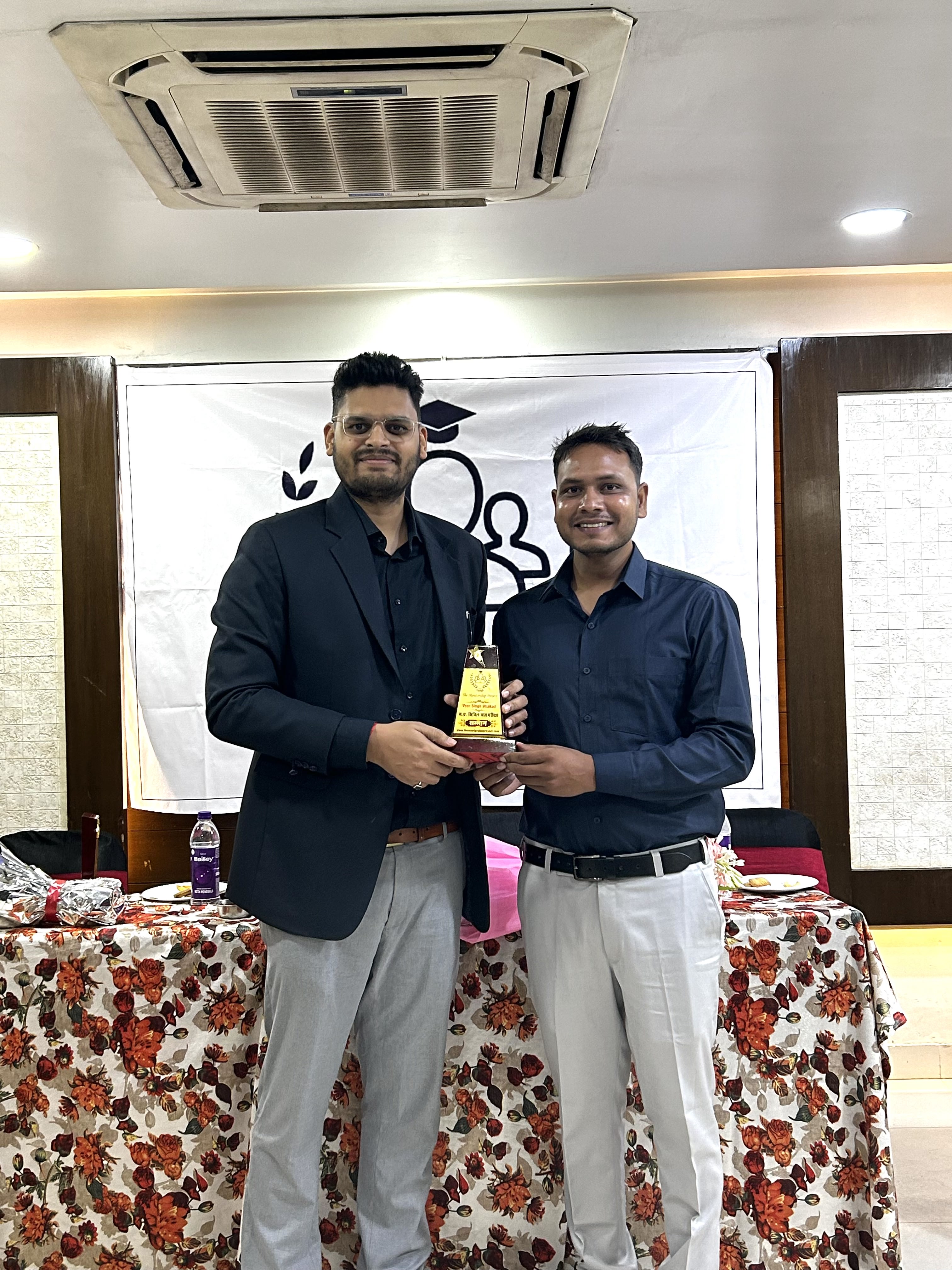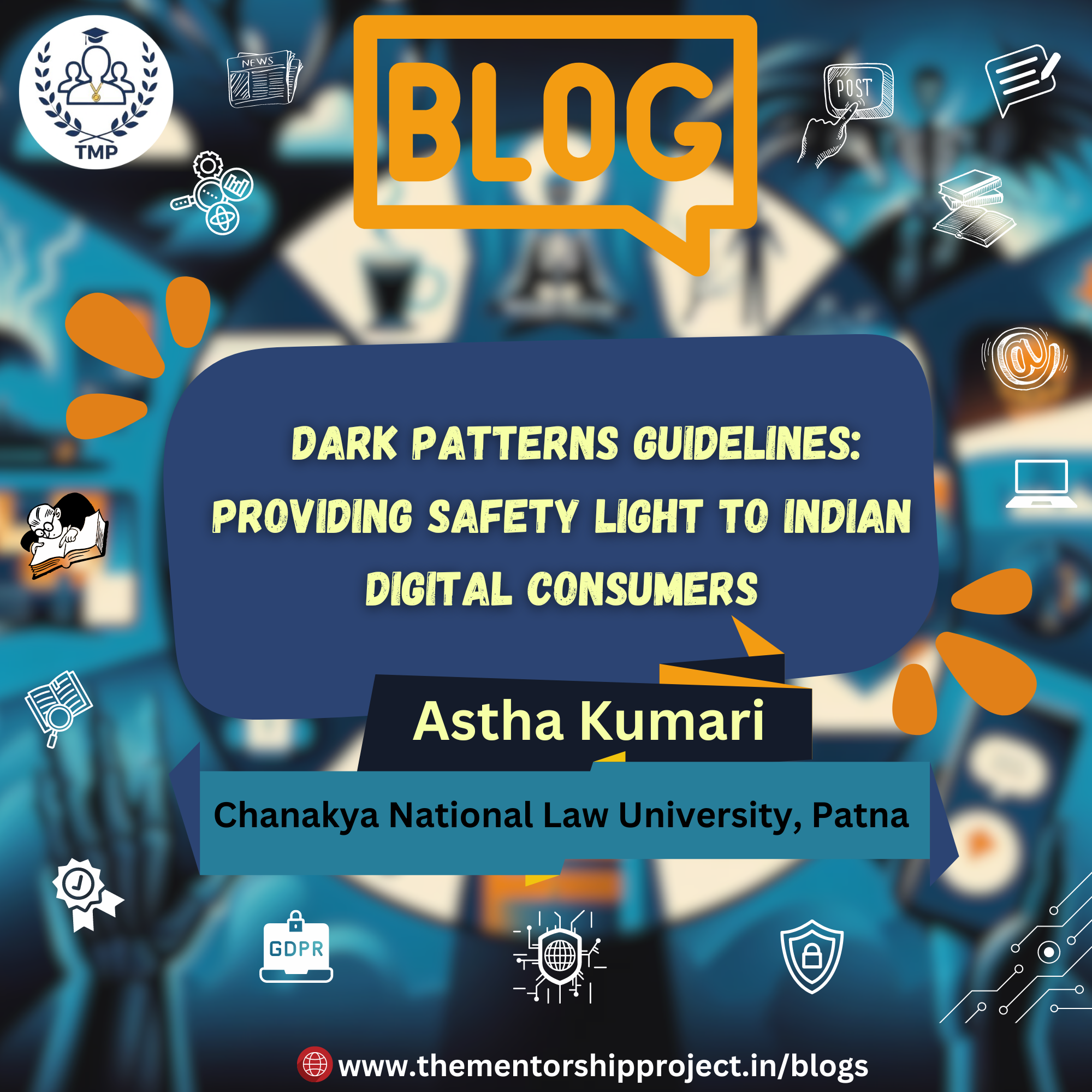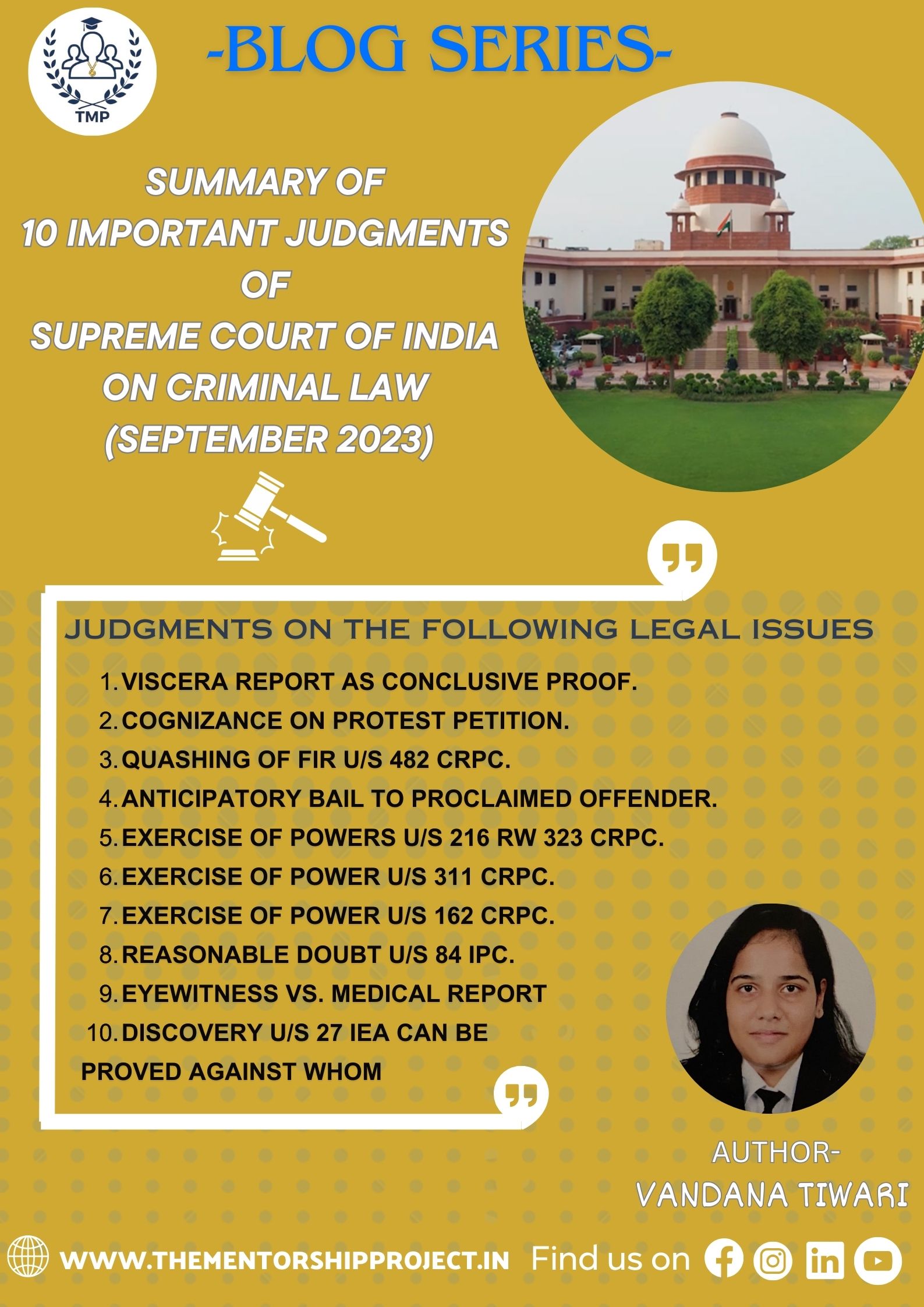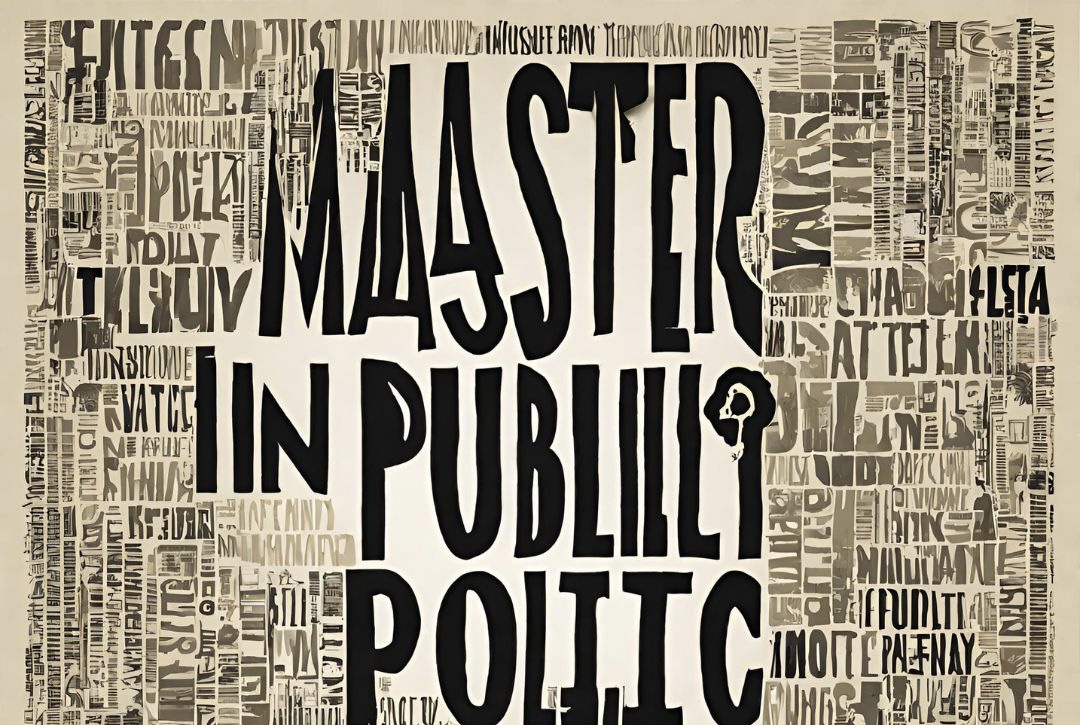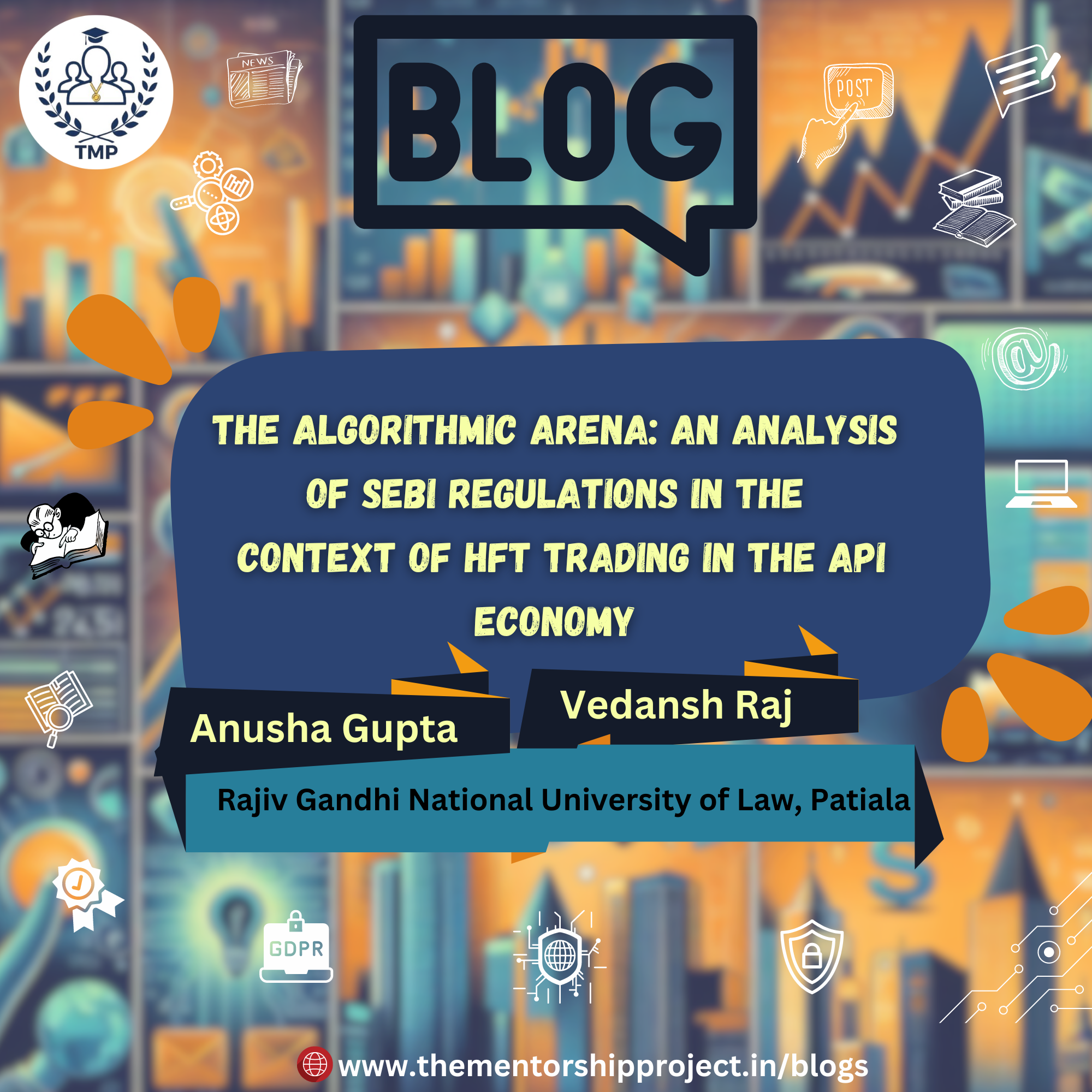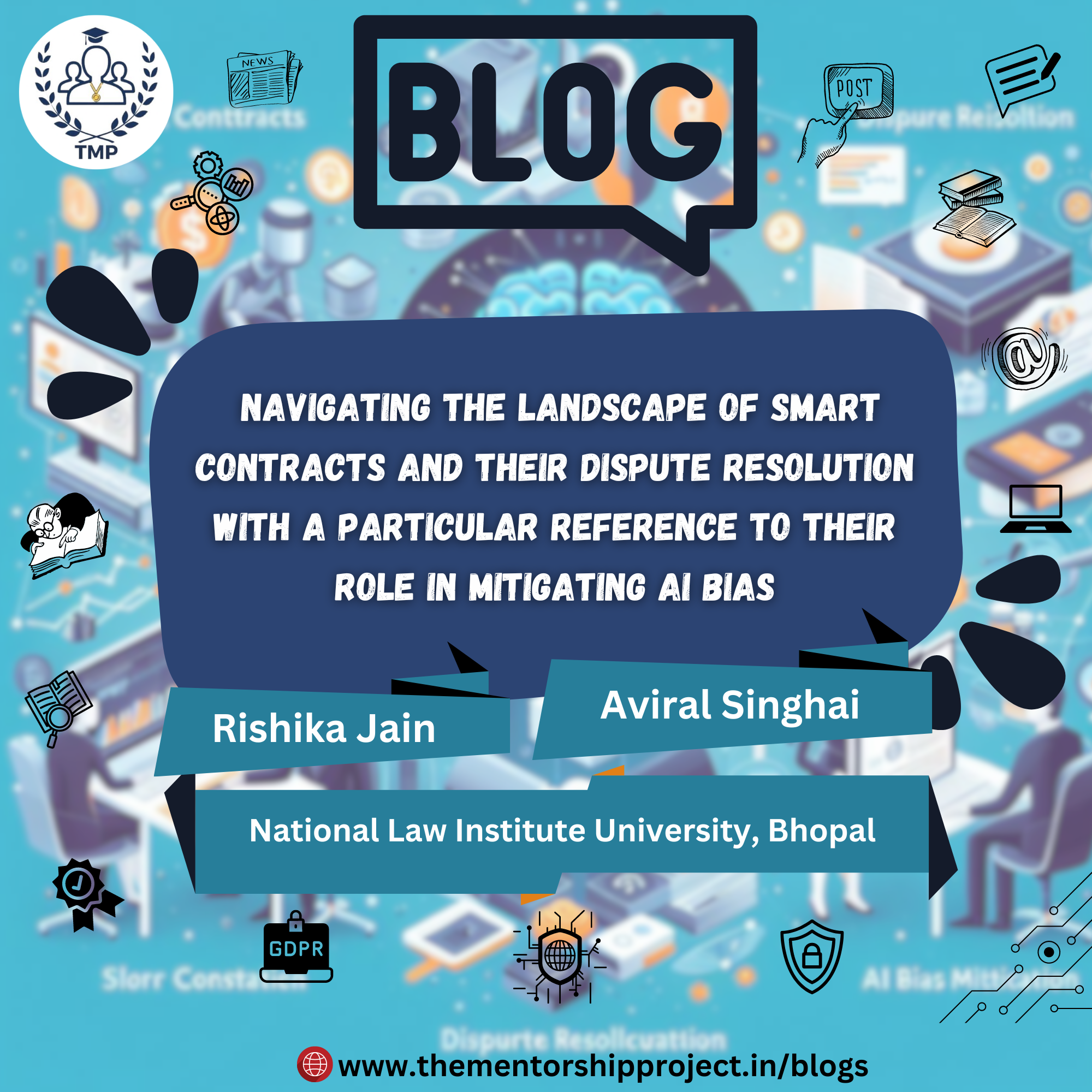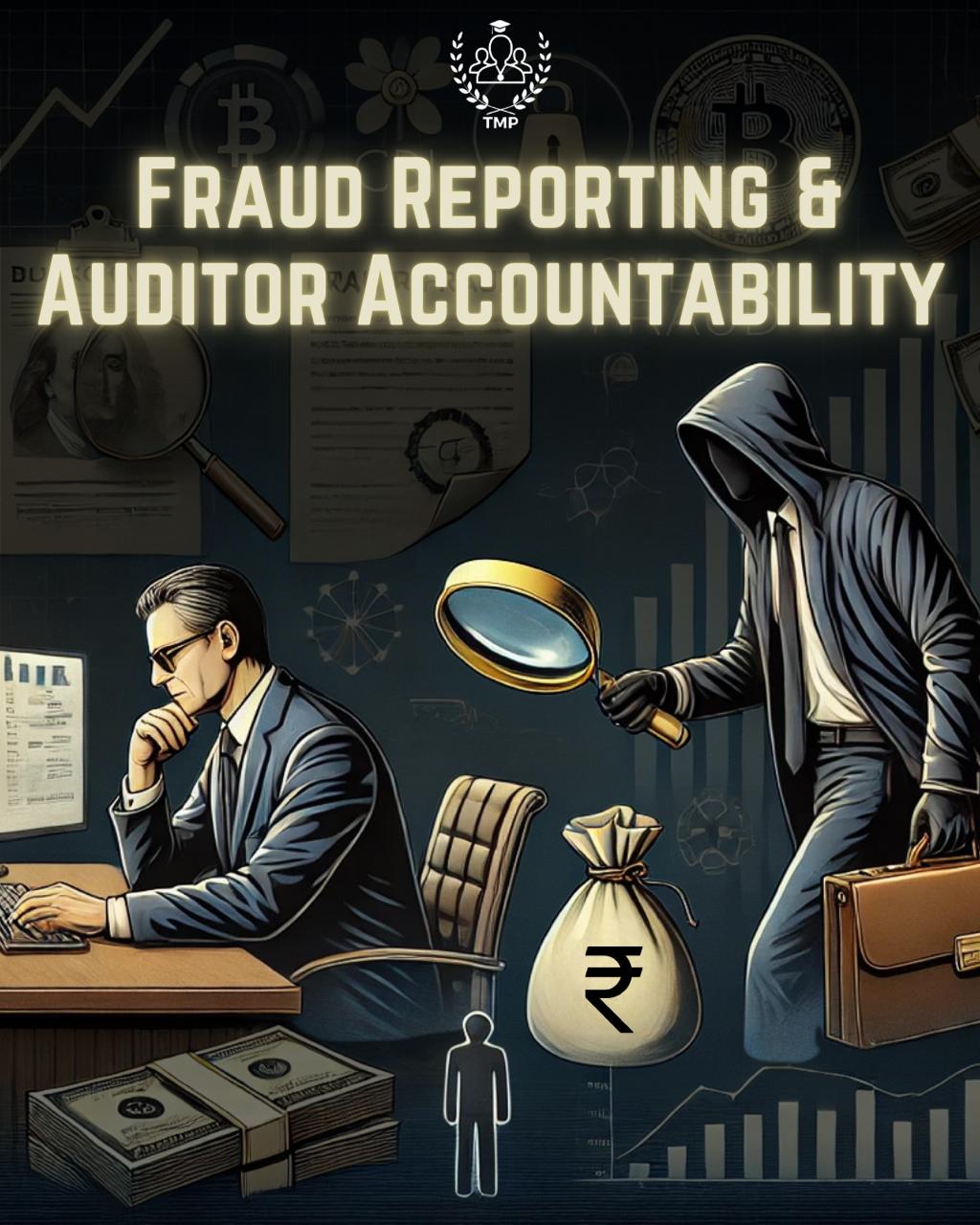October 08 , 2025
Attachment and Confiscation of Property under PMLA
The Prevention of Money Laundering Act, 2002 (PMLA) is India’s principal legislation to combat money laundering and confiscate assets derived from criminal activities. The law empowers authorities to attach and confiscate properties involved in money laundering, but it also incorporates procedural safeguards to protect individual rights. The constitutional validity of these provisions has been tested before the judiciary, with the Supreme Court upholding their legitimacy.
Overview of the Legal Framework for Attachment of Property
- Duration and Confirmation: The provisional attachment can last up to 180 days. Within 30 days, the ED must submit the case to the Adjudicating Authority, which independently reviews the order.
- Adjudication Process: The Adjudicating Authority, a quasi-judicial body, examines evidence, hears both sides, and may confirm, modify, or release the attached property. The accused must be notified and given an opportunity to be heard.
- Continuation and Enjoyment: Section 5(4) allows the person interested in the immovable property to continue enjoying it during the pendency of proceedings, unless the attachment is confirmed and possession is taken by the ED.
Provisional Attachment:
An authorized officer (not below the rank of Deputy Director) of the Enforcement Directorate may issue a provisional attachment order if there is “reason to believe,” based on material evidence, that a property is proceeds of crime and may be concealed or transferred to frustrate confiscation. This order must be in writing and is valid for up to 180 days. The officer must communicate the order to all concerned parties and forward it, along with supporting material, to the Adjudicating Authority within 30 days.
Adjudication:
Upon receiving the complaint, the Adjudicating Authority serves notice to the person whose property is attached, requiring them to explain the source of funds and provide supporting evidence. The Authority examines the submissions, hears both the accused and the Enforcement Directorate, and reviews all materials. If satisfied that the property is involved in money laundering, it confirms the attachment. The confirmed attachment can continue for up to 365 days or until the conclusion of proceedings under the Act. If not confirmed, the attachment lapses and the property is released. Aggrieved parties can appeal to the Appellate Tribunal within 45 days, and further to the High Court within 60 days of the Tribunal’s order.
Confiscation:
If, after trial, the Special Court finds that the property is involved in money laundering, it orders confiscation of the property to the Central Government. If the property is not found to be involved, it is released to the rightful owner.
This process is designed to balance effective anti-money laundering enforcement with procedural safeguards, including written orders, independent adjudication, and appeal rights
Vijay Madanlal Choudhary v. Union of India is a landmark Supreme Court case that dealt with the constitutional validity of several provisions of the Prevention of Money Laundering Act, 2002 (PMLA). Decided on 27 July 2022, a bench comprising Justices A.M. Khanwilkar, Dinesh Maheshwari, and C.T. Ravikumar addressed challenges to the broad investigative and prosecutorial powers of the Enforcement Directorate (ED) under the PMLA. The petitioners argued that certain provisions of the PMLA were arbitrary and infringed upon the fundamental rights of the accused, especially regarding arrest, bail, and fair procedure
Key Provisions Examined
The Court’s analysis focused on the following provisions:
- Section 5: Provisional attachment of property
- Section 8(4): Taking possession of attached property
- Section 15, 17, 19: Search, seizure, and arrest powers of the ED
- Section 24: Reverse burden of proof
- Section 45: Twin conditions for bail
- Section 50: Powers to summon and record statements
- Status of ECIR: Enforcement Case Information Report
Major Findings and Rationale
1. Reverse Burden of Proof (Section 24)
The Court upheld the constitutionality of Section 24, which places the burden on the accused to prove that the alleged proceeds of crime are untainted. The Court reasoned that this reverse burden is justified by the compelling state interest in combating money laundering and is not arbitrary or violative of Article 14 or 21 of the Constitution.
2. Stringent Bail Conditions (Section 45)
Section 45 imposes twin conditions for bail: the accused must prove prima facie innocence and assure the court of non-repetition of the offence. The Court held these conditions to be constitutional, stating they have a reasonable nexus with the Act’s objectives and do not impose an absolute restraint on the grant of bail. The judgment rejected the argument that these provisions were arbitrary or violated the presumption of innocence.
3. ED’s Powers and Procedures
The Court distinguished ED inquiries from regular criminal investigations, holding that procedural safeguards under the Code of Criminal Procedure (CrPC) do not automatically apply to ED proceedings. The ECIR (Enforcement Case Information Report) was deemed an internal document, not equivalent to an FIR, and need not be supplied to the accused. The ED’s powers of search, seizure, and arrest were upheld, with the Court emphasizing the need for effective enforcement mechanisms to tackle money laundering.
4. Right Against Self-Incrimination (Section 50)
Section 50, which allows the ED to summon individuals and record statements, was upheld. The Court found that statements made to the ED are not hit by Article 20(3) since ED officers are not considered police officers in the traditional sense.
Impact of the Verdict
The verdict reinforced the robust framework of the PMLA, granting significant powers to the ED while upholding procedural safeguards. However, it has faced criticism for potentially diluting certain fundamental rights, especially concerning bail and the presumption of innocence. Review petitions have since been filed, challenging aspects like the use of the Money Bill route for amendments and the broad interpretation of “proceeds of crime”.
The Supreme Court’s decision in Vijay Madanlal Choudhary affirmed the constitutionality of key PMLA provisions, emphasizing the necessity of strong anti-money laundering measures. The judgment has set a precedent for the stringent enforcement of economic offences, though ongoing judicial scrutiny continues to shape the balance between state power and individual rights.
Concerns around due process, reversal of burden of proof, and the Enforcement Directorate’s expanded authority under the Prevention of Money Laundering Act (PMLA) have sparked significant legal and constitutional debate.
Due Process Concerns
Critics argue that PMLA’s procedures, particularly regarding arrest, investigation, and attachment of property, can undermine the right to fair trial and personal liberty under Article 21 of the Constitution. For instance, the Supreme Court in the Pankaj Bansal case emphasized the necessity for ED to inform the accused of the grounds of arrest in writing within 24 hours, reinforcing the right to liberty and curbing arbitrary detentions. The Tarsem Lal decision further clarified that certain protections under the Code of Criminal Procedure (CrPC) extend to PMLA proceedings, setting standards for transparency and procedural rigor.
Reversal of Burden of Proof
Section 24 of the PMLA shifts the burden onto the accused to prove that the property in question is not proceeds of crime. This is a significant departure from the presumption of innocence, a cornerstone of criminal jurisprudence. The Supreme Court in Vijay Madanlal Choudhary upheld this reversal, reasoning that the gravity of money laundering justifies such a measure. However, critics argue that this can lead to disproportionate hardship, as accused individuals may struggle to prove a negative, especially at the pre-trial or bail stage. The Nikesh Tarachand Shah decision had earlier struck down the twin bail conditions for being unconstitutional, but subsequent amendments and the Vijay Madanlal Choudhary verdict reinstated them, despite ongoing concerns about fairness and feasibility for the accused.
Powers of the Enforcement Directorate
Sections 50 and 63 of the PMLA confer powers on the ED to summon, examine, and require the production of documents, with proceedings deemed judicial in nature. These powers are currently under constitutional challenge for allegedly violating Articles 14, 20, 21, and 300A. The ED’s ability to impound documents and summon individuals without the procedural safeguards typical in criminal investigations has raised alarms about potential misuse and lack of accountability.
Challenging Unlawful Attachments
Accused individuals have several avenues to challenge unlawful attachments:
- Adjudicating Authority: After provisional attachment, the ED must approach the Adjudicating Authority within 30 days. The accused can contest the attachment by presenting evidence and arguments before this quasi-judicial body.
- Appellate Tribunal: If dissatisfied with the Authority’s decision, the accused can appeal to the Appellate Tribunal under Section 26 of the PMLA.
- High Court: Further appeals lie to the High Court under Section 42.
- Writ Jurisdiction: In cases of gross procedural violations or constitutional infirmities, the accused can approach the High Courts or Supreme Court directly under Articles 226 or 32 of the Constitution, respectively.
- Procedural Safeguards: Recent jurisprudence, such as the Pankaj Bansal and Tarsem Lal cases, has reinforced the requirement for written grounds of arrest and adherence to CrPC safeguards, providing additional grounds for challenging arbitrary ED actions.
In summary, while the Supreme Court has upheld the constitutionality of the PMLA’s stringent provisions, significant concerns about due process, the reversal of the burden of proof, and the scope of ED’s powers persist. The evolving jurisprudence continues to shape the procedural safeguards available to accused individuals
Timeline of PMLA Attachment Procedure
- Provisional Attachment by ED
- The Enforcement Directorate (ED) can issue a provisional attachment order if it has reason to believe, based on material evidence, that a property is "proceeds of crime" and is likely to be concealed, transferred, or dealt with to frustrate confiscation.
- The order must be in writing and reasons must be recorded.
- The property is provisionally attached for up to 180 days from the date of the order.
- Filing Complaint before Adjudicating Authority
- Within 30 days of the attachment, the ED must file a complaint stating the facts of such attachment before the Adjudicating Authority.
- Adjudication by Adjudicating Authority
- The Adjudicating Authority reviews the complaint and issues notice to the person whose property is attached, giving them an opportunity to respond and present evidence.
- If the Authority is satisfied that the property is involved in money laundering, it confirms the attachment.
- If not confirmed within the stipulated period, the property is released from attachment.
- Duration of Confirmed Attachment
- Once confirmed, the attachment continues for up to 365 days or until the conclusion of proceedings under the PMLA, whichever is earlier.
- Appeal Process
- The affected person can appeal the Adjudicating Authority’s order to the Appellate Tribunal within 45 days of the order.
- Further, an appeal can be made to the High Court within 60 days of the Tribunal’s decision.
- Final Stage
- If the Special Court finds that the property is involved in money laundering, it may order confiscation of the property to the Central Government. And if not, the property is released to the rightful owner.


